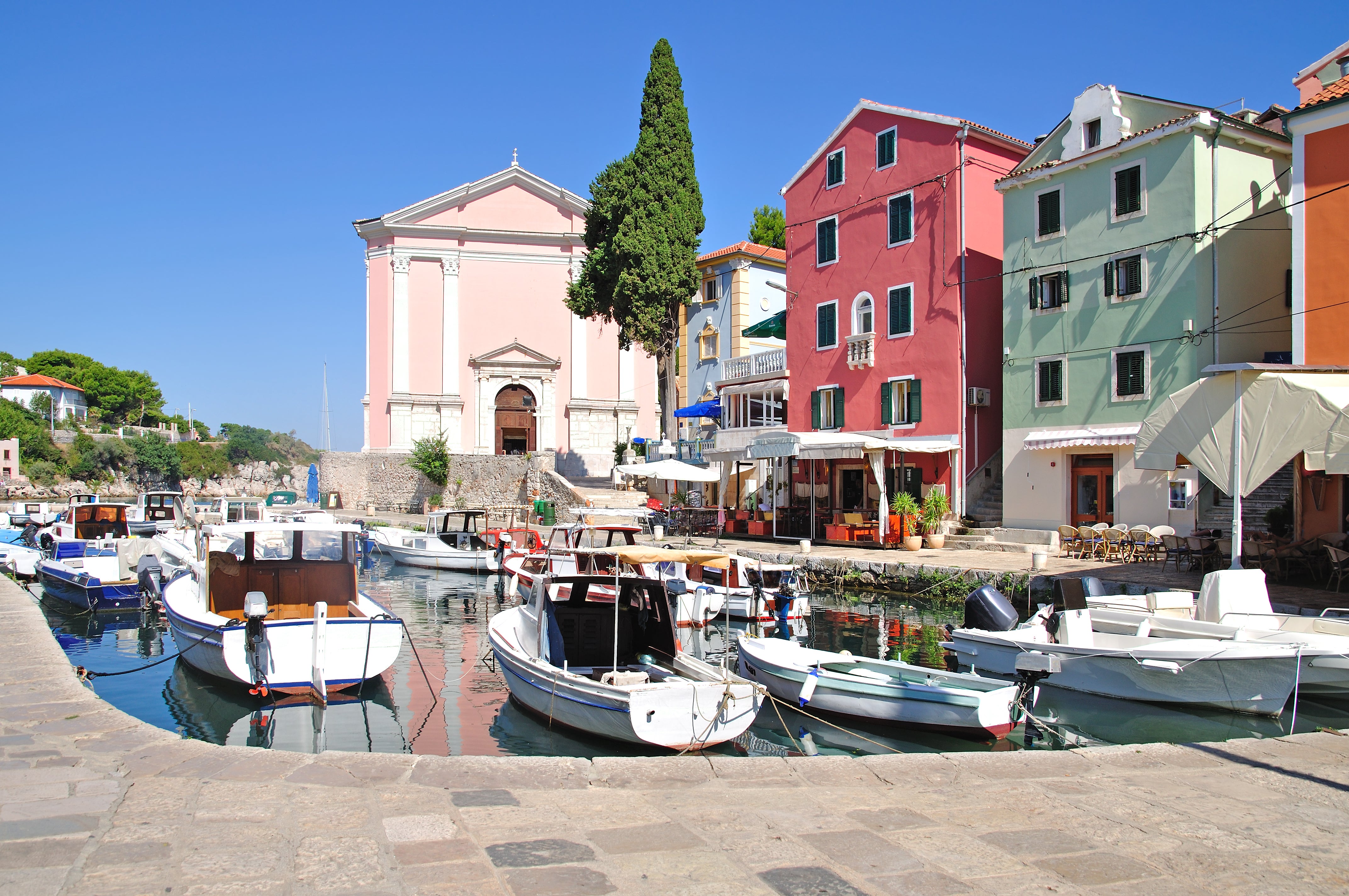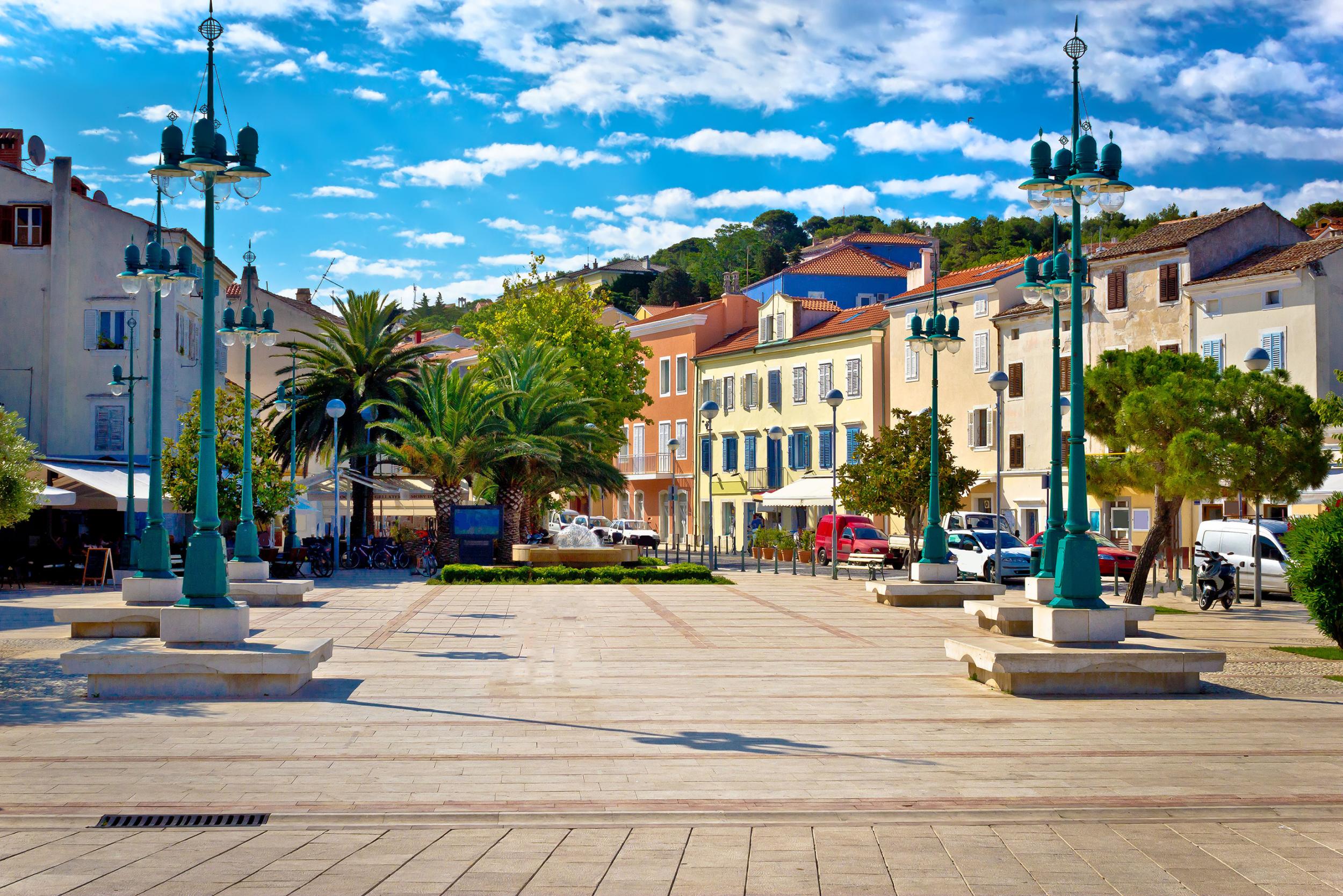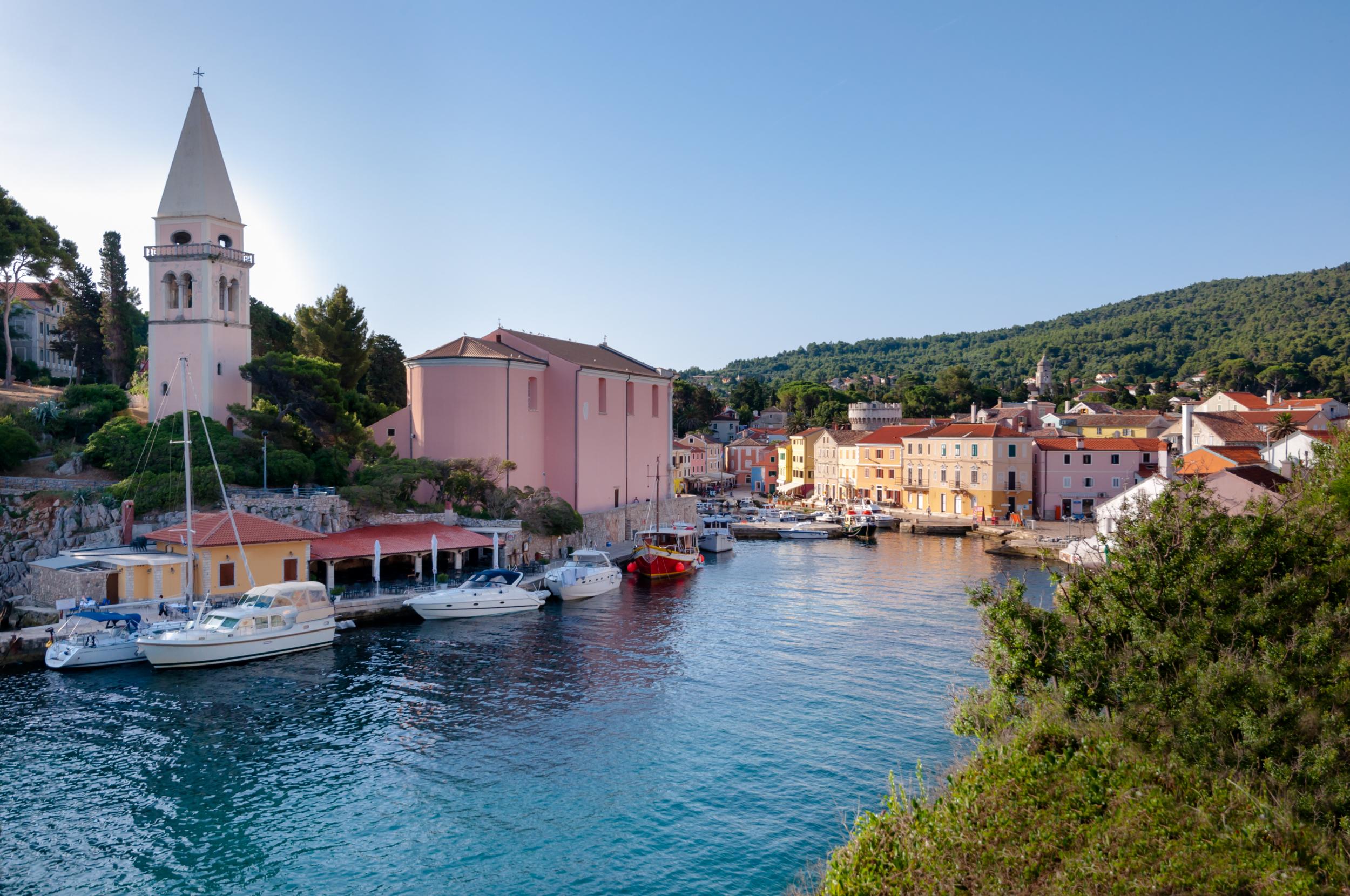The Independent's journalism is supported by our readers. When you purchase through links on our site, we may earn commission.
Losinj: Croatia's overlooked jewel in the crown
Once favoured by royalty, this island's appeal has been overtaken by those further south - but with fewer crowds it's all the more enchanting

Your support helps us to tell the story
From reproductive rights to climate change to Big Tech, The Independent is on the ground when the story is developing. Whether it's investigating the financials of Elon Musk's pro-Trump PAC or producing our latest documentary, 'The A Word', which shines a light on the American women fighting for reproductive rights, we know how important it is to parse out the facts from the messaging.
At such a critical moment in US history, we need reporters on the ground. Your donation allows us to keep sending journalists to speak to both sides of the story.
The Independent is trusted by Americans across the entire political spectrum. And unlike many other quality news outlets, we choose not to lock Americans out of our reporting and analysis with paywalls. We believe quality journalism should be available to everyone, paid for by those who can afford it.
Your support makes all the difference.Each of the 1,000 or so islands that make up the Croatian archipelago comes with its own distinguishing micro-identity. In the southern (Dalmatian) region, Brac is known for its stone; Hvar is famous for its beauty and its long days of sunshine; Korcula is celebrated as Marco Polo’s birthplace-turned-windsurfer’s paradise. In the North (Kvaerner region), a simpler way of life is revealed: Cres is known for its olive oil and lamb; Pag, for its cheese, sea salt and ancient city; Susak, for sandy beaches.
Then there is Lošinj, a large (by Croatian standards) and beautiful island, 20 miles by two, located in the central northern Adriatic at the mouth of the gulf of Kvaerner. Lošinj enjoys not one but three reputations. In the 19th century, the five-mile natural harbour that the island encompasses became the shipping hub of the Adriatic. The island was also the preferred holiday resort of the Austro-Hungarian emperor, Franz-Josef. Today, Lošinj is known as the “island of wellness and vitality”. Yet Lošinj has declined from its Belle Époque pomp. Curiously, it gets overlooked in today’s Gadarene rush towards Dubrovnik and Split.
There is no runway; just a tiny airstrip. The simplest landfall is by flying to Zagreb and approaching by road and ferry via Krk. If you’re feeling extravagant, you could charter the island’s light aeroplane and fly from Venice directly to Lošinj, or take the seaplane from Split.
Seaplanes in Croatia are an old idea newly reborn. The Cosulich family, which co-founded Alitalia, originated from Lošinj, and funded a northern Adriatic seaplane service which flew from 1921 until Italy’s capitulation in 1943. Now, European Coastal Airlines, the creation of a consortium of German pilots, has returned seaplanes to Croatia. The views of the Kornati labyrinth from 10,000 feet are worth the air fare alone.
Arriving in Lošinj, just as the sun dips behind a glass of chilled Istrian white, you’ll find the travails of the journey melt away. Being relatively obscure and unspoilt, Lošinj offers the classic Adriatic idyll in near-pristine form: limpid turquoise seas, fine weather, rugged sloping scenery and a friendly welcome not least from loggerhead turtles and bottlenose dolphins. The island’s two postcard-perfect baroque Venetian fishing villages, Veli Lošinj and Mali Lošinj, look like early drafts of Portofino. It’s like Italy without the aspiration.

A characteristic feature of Lošinj is its abundance of herbs; some 1,200 therapeutic and aromatic varieties thrive on the island. Such open-air aromatherapy promotes health but is anathema to mosquitoes. The island furthermore solves two common Croatian problems: it has ample modern accommodation, but no crowds. And there are no venomous snakes. Which makes Lošinj perfect for outdoors family holidays. There are 250 kilometres of walking trails and cycling paths. The notched and indented wild coastline contains surprises galore, and that’s before you stumble on the naturists’ colony (on which the tourist literature is strangely silent).
I can recommend cycling or walking up the hill that forms the mass of the southern part of the island. If you pause to absorb the panorama and then continue south along the spine of the island, the road begins to plunge downwards. Here you can take in a magnificent seascape of the neighbouring island of Ilovik and the northern tip of the Kornati labyrinth. If you’re feeling hungry, look out for signs to Balvanida restaurant, a heavenly spot sequestered in a forest on the western side of the island.
Lošinj’s reputation as the island of vitality rests on the painstaking research of Ambroz Haračić, a 19th-century botanist. By some calculus of sunshine, humidity, temperature and latitude, Haračić revealed the healthiest climate in the Austro-Hungarian Empire. As soon as word reached Emperor Franz Josef, His Serene Highness was packing his bucket, spade and mistress. Several weeks later, the Emperor returned to Vienna detoxed and fit.
I suspect that Lošinj’s real appeal was Čikat Bay, the island’s most beautiful natural feature. A starfish-shaped bay 500 metres across, Čikat debouches westwards into the Adriatic. In antiquity, the Romans hid their fleet here. In the 19th century, the schlag of Austrian society made this their Riviera. From Čikat’s afforested shoreline, villas peep out from behind pine trees, among them the pink-washed Villa Carolina that Franz Josef erected for his mistress.

Čikat translates as “wait”, an appellation that derives from the vigils of mariners’ wives. Near the votive chapel at the entrance to the bay is one of the most romantic spots on the island, Lanterna restaurant. The views, the warm breeze, the sound of waves and the grilled sea bass make this an enchanting place.
By whatever contrivance epithets like “island of vitality” have been pinned on, they seem to have stuck. Lošinj’s hotels help you chase the rejuvenation rainbow, or simply neutralise the effects of the food, wines, grappa, coffee and cigarettes so beloved by the locals. You can lose yourself in aromatherapy, body scrubs, exfoliation clinics, Croatian kinesiology, thalassotherapy, Pilates and yoga. The majority of the hotels are pitched at the middle market, with a couple – the Alhambra hotel and the Hortensia – aimed higher. My choice is the Bellevue, a modern, white building located on Čikat Bay. Its vast spa offers treatments for every condition, real or imaginary, although I found a spell on a sun-lounger on the lido interspersed with dips into Čikat Bay worked just as well.
Lošinj wraps both a journey and a destination: it is a place to patch up the temple, undo it again at your choosing, and discover Austro-Hungarian Emperor within, while basking in the Mediterranean idyll.
Travel essentials
Getting there
European Coastal Airlines (ec-air.eu/en) operates services to Mali Lošinj from Split and Zadar, both of which are collected by scheduled airlines from the UK including easyJet, Ryanair, Croatia Airlines, Norwegian, British Airways and Jet2. Seaplane tickets from around £80 one-way.
Alternatively, Lošinj can be reached by ferry from Zadar, Cres and Krk (jadrolinija.hr).
Staying there
Lošinj Hotels & Villas (losinj-hotels.com/en).
Eating there
Restaurant Bocca Vera, Mali Lošinj (00 385 51 238 511).
Restoran Za Kantuni, Mali Lošinj (00 385 51 231 840).
Balvanida restaurant, Veli Lošinj (00 385 91 515 0799).
More information
Join our commenting forum
Join thought-provoking conversations, follow other Independent readers and see their replies
Comments